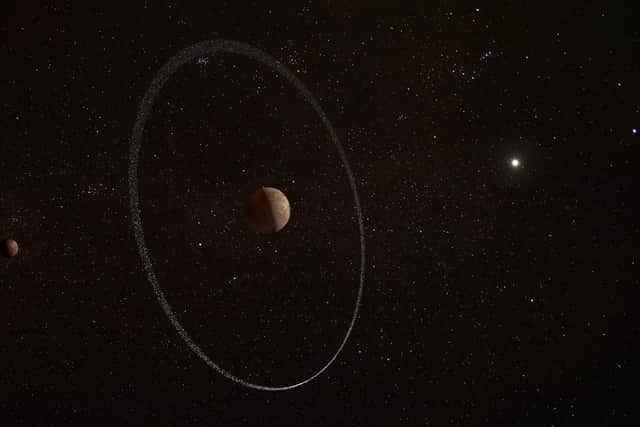Sheffield University discovers new, theory-challenging rings similar to Saturn's around Solar System planet
and live on Freeview channel 276
The rings are located around the dwarf plant Quaoar, which is about half the size of Pluto and orbits the Sun beyond Neptune. The rings around Quaoar are found much further out than other rung systems, like that of Saturn, which is calling current theories on how ring systems are formed into question.
Professor Vik Dhillon, from the University of Sheffield’s Physics and Astronomy department, said: “It was unexpected to discover this new ring system in our Solar System, and it was doubly unexpected to find the rings so far out from Quaoar, challenging our previous notions of how such rings form. The use of our high-speed camera - HiPERCAM - was key to this discovery as the event lasted less than one minute and the rings are too small and faint to see in a direct image.”
Advertisement
Hide AdAdvertisement
Hide AdAll the previously discovered ring systems in the Solar System are able to survive because they orbit close to the parent body, like Saturn, Uranus or Jupiter. However, Quaoar’s ring system sits at twice the distance as previously thought to be the maximum for them to survive and has forced a rethink on theories of ring formation.


Professor Dhillon was the co-author of the study and said he hopes the discovery will provide more insight into how ring systems come to be. The rings were found by an international team of astronomers, using the HiPERCAM, a sensitive high-speed camera developed by scientists at the University of Sheffield.
